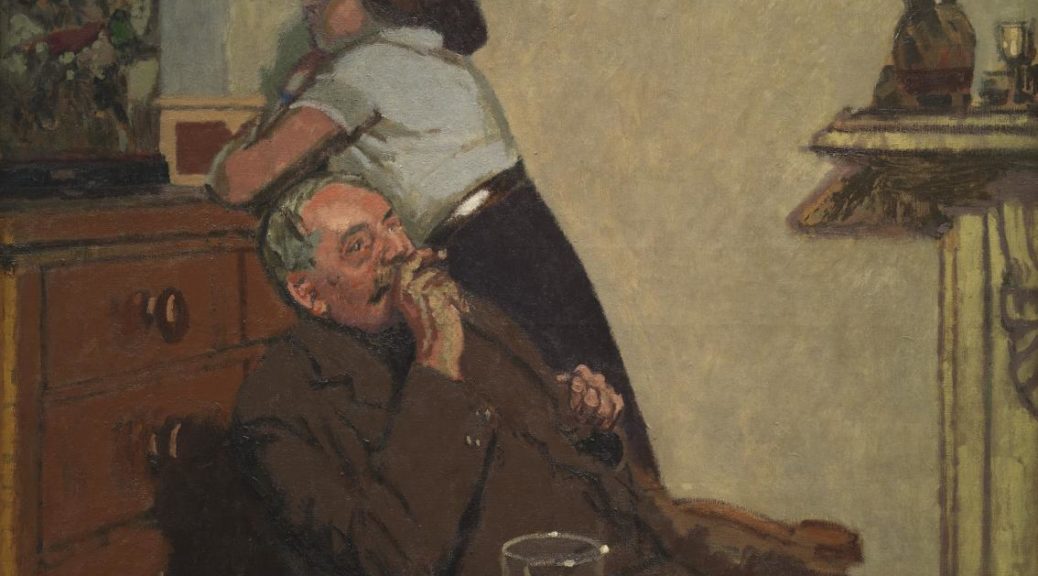On then to Walter Sickert, Whistler's pupil and etching assistant. We need to keep in mind that late 19th-century Britain is characterised by the art of genteel retreat. It was French art that saw the densest flowering of artistic innovation in history – Monet, Degas, Gauguin, Cezanne, Seurat, Van Gogh, Picasso, Braque, Bonnard, … Continue Reading ››
Tag Archives: Dr’s Dozen
Part 9: James Abbott McNeill Whistler (1834-1903)
Last week on the Serendipitous Compendium we talked about Pierre Bonnard, painter and lithographer. Bonnard is likely to have been acquainted with Whistler around 1898. His painting has been compared to Whistler's, in its suggestion of uncertainty. Ideas on the vagueness and incompleteness of consciousness were popular at the time in the literature of Proust … Continue Reading ››
Part 8: Pierre Bonnard (1867-1947)
As we continue to roll around the clock face that constitutes the Doctor's Dozen series on the Serendipitous Compendium we find ourselves moving back across the Atlantic to mainland Europe, and an astonishing artist named Pierre Bonnard. Last time we considered the talents of Larry Rivers, who many consider as the first true American Pop … Continue Reading ››
Part 7: Larry Rivers (1923-2002)
When we were discussing Pauline Boty in Part 6 of the Doctor's Dozen on the Serendipitous Compendium, I suggested that it was high time we travelled from London back across the Atlantic to the US to find out about another artist who is considered by many scholars to be the "Godfather" and "Grandfather" of Pop art: … Continue Reading ››
Part 6: Pauline Boty (1938-1966)
Last time, in the Doctor's Dozen segment of the Serendipitous Compendium radio show, John and I discussed the life and work of Eduardo Paolozzi, one of the founders of the British Pop art movement. In this week's interview, I connected Paolozzi with Pauline Boty, who was also a founding member of the movement.
Continue Reading ››
Part 5: Eduardo Paolozzi (1924-2005)
In Part 3 of the Doctor's Dozen, John and I discussed the artist Raoul Hausmann, a founding member and leading proponent of the Berlin Dada movement and one of the originator's of the photomontage technique. This led to the subject of Part 4, Kurt Schwitters who also used photomontage, but developed this to create his … Continue Reading ››






